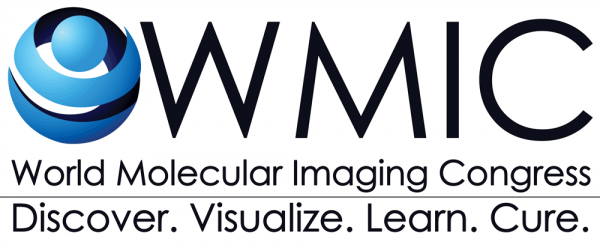Dose Ranging of Anti-Lymphangiogenic Treatment for Enhanced Antibody-based Therapy in an Animal Model of Head and Neck Cancer
Lindsay S. Moore, University of Alabama at Birmingham
The vascular endothelial growth factor receptor-3 (VEGFR3) has been shown to play a role in the development of abnormal blood and lymphatic vessels in many solid tumors, which contribute to increased intratumoral interstitial pressure and impaired fluid mechanics.1-4 Normalization of these vessels with anti-angiogenic agents has demonstrated enhancement in the delivery of small molecule anti-cancer agents by decreasing interstitial pressure and improving intratumoral fluid transport to maximize the delivery and extravasation of therapeutic agents.1,2,5 In this study, we demonstrate that the normalization of tumor associated lymphatics through neoadjuvent treatment with an anti-VEGFR3 agent, 31C1 (Eli Lilly and Company), increases the tumor-specific delivery of the therapeutic antibody Cetuximab (200µg/mouse, systemic) to head and neck squamous cell carcinoma flank xenografts (OSC-19) in a mouse model. Additionally, we studied a range of anti-angiogenic agent doses (5mg/kg, 10mg/kg, 20mg/kg, and 40mg/kg) to optimize the enhancement of therapeutic drug delivery in this mouse model (n=5/group). To evaluate Cetuximab uptake over time, Cetuximab was fluorescently labeled with IRDye800, and the conjugate was imaged daily post-administration using both a closed-field (Pearl Impulse) and open-field (Luna) fluorescence imaging system. At day 14, tumors were resected, serially bisected, weighed and imaged to determine correlation in fluorescence uptake between treatment groups. Immunohistochemistry was performed to confirm the presence of vascular normalization in neoadjuvant groups. Size-normalized tumor fluorescence was found to be dose-dependent and significantly (p<0.05) greater in all dose groups compared to the control group (Cetuximab-IRDye800 alone). A 4.17-fold increase in fluorescently-labeled drug delivery was demonstrated in the 40mg/kg dose group compared to the group that received no neo-adjuvant treatment (p=0.008). Furthermore, this increase in drug delivery was specific to the tumor, as there were no significant differences between the background fluorescence values in any of the treatment or control groups. Additionally, the 40mg/kg group demonstrated the smallest percent increase in tumor area (17.4%, p= 0.02) over time, further validating the optimal dose of neoadjuvant treatment to enhance the therapeutic effect of anti-tumor antibodies. Immunohistochemical analysis to confirm vessel normalization revealed a significantly (p<0.02) greater percentage of NG2 in all treatment groups compared to the control, and an NG2:CD31 ratio of 0.67 in the 40mg/kg group compared to 0.24 in the control group (p=0.02).This study demonstrated a dose-dependent increase in the tumor-specific delivery of a fluorescently-labeled therapeutic antibody through neoadjuvent anti-lymphangiogenic treatment with the anti-VEGFR3 agent 31C1.
1. Journal of Clinical Oncology. 2013; 31(17):2205-2218.
2. Cancer Res. 2007; 67(6): 2729-2735.
3. Journal of National Cancer Institute. 2002; 94(6):417-421.
4. Cancer Res. 2000; 60: 4324-4327.
5. Cancer Res. 2006; 66(5): 2650-2657.
